Europa Universalis IV is a grand strategy game that features historical events and people. Its developer, Paradox Interactive, is doing their best to simulate global history from 1444 to 1821. Within these 377 years, there were many great rulers and generals from different parts of the world who rose to power. In game, Paradox gave historical rulers stats with 0 being the lowest to 6 being the highest based on their administrative, diplomatic and military performance. If a ruler has 6 monarch points in all three skills, it means the ruler is perfect in all perspectives. Technology research will be faster if rulers have higher monarch points.
There are seven “perfect rulers” throughout the whole game. As all of them are “perfect rulers”, I ranked them on their availability in game and their fixed military stat for firing, shocking, maneuver and siege, which are rated by their performance in historical battles. I will refer to them as the “four military stats” in the list below.
7. Mori Takachika
Takachika is the Daimyo of the Mori Clan in1837. In that period, the Tokogawa Shogunate were facing imperialist threats from the Western world. At first, he was loyal to the emperor and tried to expel foreign imperialists and let Japan stay in isolation. However, it resulted in defeat at Shimonoseki. Afterward, he proposed to westernize and became a major player in the Meiji Restoration.
Takachika is only playable if players modified the timeline in game. Even though he is playable, it isn’t until the very end of the game and he can hardly be used, hence the reason I put him in last place.
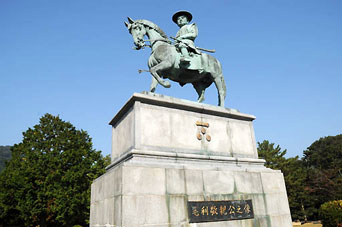 Mori Takachika statue in Yamaguchi, Japan
Mori Takachika statue in Yamaguchi, Japan
6. Noriaki Uesugi
Noriaki is the Daimyo of the Uesugi Clan. He is the shogunate who united Japan from the Nanboku-Cho, a period of time when there were two imperial courts rivaling each other and claimed to be emperor of Japan. They were the Northern Imperial Court of Ashikaga Takauji in Kyoto, and a Southern Imperial Court of Emperor Go-Daigo in Yoshino. In 1392, the southern court declined being united by Noriaki. Later, he started a centralization reform and eventually held more power than the Takauji.
Unlike Takachika, Noriaki’s timeline is placed before the game starts. If players modified the timeline, they still can use Noriaki until his death. At the same time, neither of them are playable without modification.
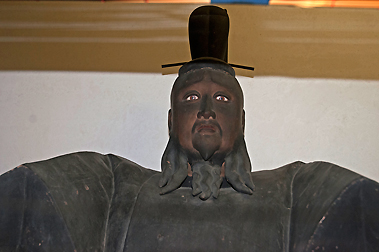
Statue of Nariaki Uesugi in the Golden Pavilion at Kyoto, Japan
5. Pyotr I Veliky
Known as Peter the Great, Peter is the Russian Tsar who studied shipbuilding in the Netherlands at a young age and initiated a revolution against the traditionalist and westernization of Russia. Also, he won the Great Northern War, which resulted in the rise of the Russian Empire and the decline of Sweden and Poland-Lithuania Commonwealth after claiming Baltic ports from Sweden.
Peter is actually a playable “perfect ruler” in 1682. Because he lacks a fixed military stat, he is ranked after the following Top 4.
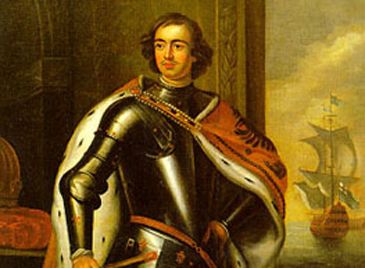
Portrait of Peter the Great
4. Henry VI
Known as “Henry the Great” and “Good King Henry”, Henry VI rebuilt France after destruction from the French War of Religion. In the administration, he promoted education, agriculture, and expeditions to Canada. Nevertheless, he is known for his benevolence and love for his subjects. He is one of the few kings loved by the people during the French Revolution.
Henry VI is a playable French king in 1589 and has a 4,4,2,0 in the four military stats. With such stats, he definitely is able to “make France great again” after the French War of Religion.
 Portrait of Henry IV
Portrait of Henry IV
3. Akbar I
Similar to Good King Henry, Akbar the Great is Known for his expansion of the Mughal Empire, religious tolerance and a centralized taxing system on military and subjects. Akbar also rewarded his officials based on merit instead of ethnic and religion background. He conquered most of neighboring powers during his military campaigns.
Akbar has a military stat of 4,4,2,2. He is evenly matched as Henry IV, but as he conquered other neighboring factions, a 2 in siege is given by Paradox.

Drawing of Akbar the Great
2. Gustav II Adolf
Gustav is one of the best generals in the list as he innovated new formations and weapons for the Swedish army. In the Thirty Year War, the Protestant League usually referred to him as “Lion of the North” since he defeated Catholic armies multiple times. One of the notable examples would be the Battle of Breitenfeld in which he defeated a much larger Catholic army. As a result of the battle, German Protestant states ensured their freedom of religion not being prosecuted by the Catholic Church. In the same time, Sweden became a strong and influential power in Europe.
Gustav’s excellent performance in the the Thirty Year War led Paradox to give him a 6,5,6,1 in military stats.
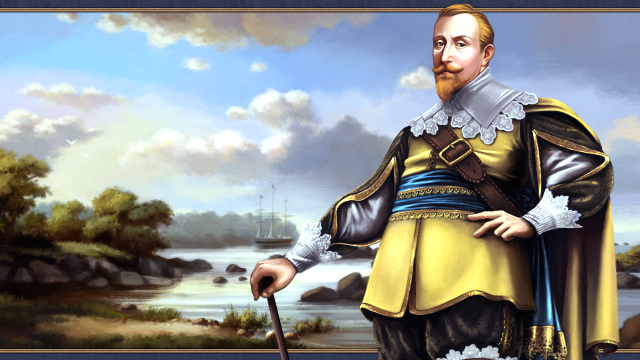
Gustav II Adolf being presented in EU4 loading screen
1. Frederick the Great
Frederick’s reign is an example of Enlightened Absolutism. As a monarch, he modernized the Prussian bureaucracy, civil service and encouraged religious tolerance. Similar to Gustav, his achievements in the military are more famous than administration. Frederick led Prussia to win the Seven Year War, which historian argue is the first world war as European colonies and natives were fighting as well. In North America, it is known as the French-Indian War. Although he did not make Prussia as strong as great powers like Great Britain and France after the Seven Year War, Prussia was able to maintain their state of existence before entering the war.
Paradox rated Frederick 6,6,6,1. It means he is the most prominent general in the battlefield within this list.
 Frederick the Great and his generals during the Seven Years War
Frederick the Great and his generals during the Seven Years War
Almost made it to the list
There are more great leaders in this period of time other than the seven I listed above. Perhaps they had some “flaws” in their political life, so Paradox did not rate them with 6s across the board. However, they are indeed great leaders in history. Here is list of “Almost Perfect Historical Leaders Based on EU4 Standard” and their major achievements:
- Gjergj Skanderberg, (6,5,6) Albania, 1443, defended Albania from Ottoman invasion for 20 years
- Elizabeth I, (6,6,5) England. 1558, economic reform, defeated Spanish Armada and united religion in England
- Minjo, Kaffa, (6,5,6) 1390, founder of Kaffa, first to innovate a method for roasting coffee
- Ang Chan I, Khmer, (5,6,6) 1516, defended Khmer from Siam and conquered land from it
- Zhu Di, Ming, (5,6,6) 1402, won succession war at Jingnan Campaign, conquest of Vietnam, defeated Northern Yuan and initiated treasure voyages
- Ismail, Morocco, (6,5,6), 1672, defeated Ottoman invasion and stayed independent, reconquered North African port cities from Spain
- Abbas I, Persia, (6,5,6), 1587, military reform and reconquered lost territories from Uzbek, Ottoman, Portuguese and Mughal
- Catherine the Great, Russia, (6,6,5), 1762, conquered Polish-Lithuanian, Persian and Ottoman territories, patron of art, literature and education, and issued paper money
- Suleiman the Magnificent, Ottoman, (6,5,6), 1520, conquered Persian, North African, European and Arabian territories, reformed education, taxation and criminal law

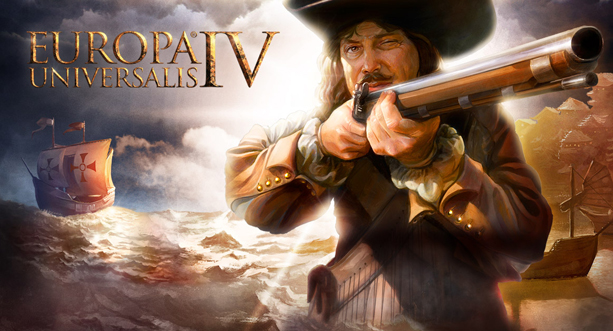




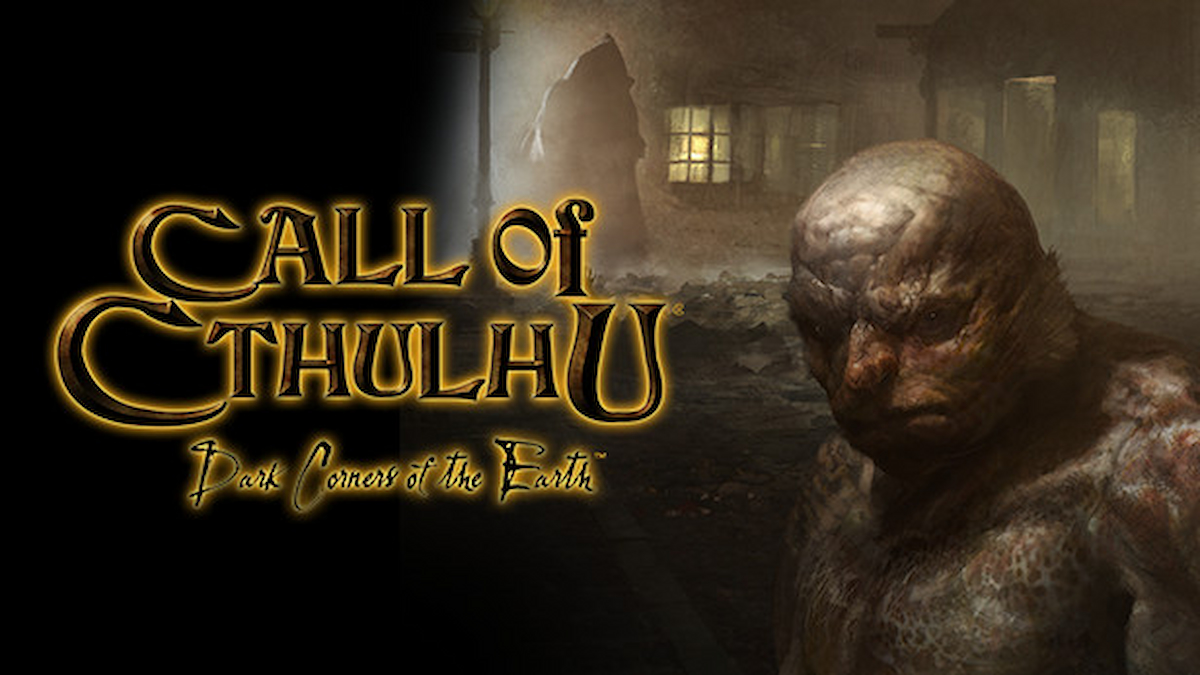
Published: Apr 12, 2016 05:28 pm